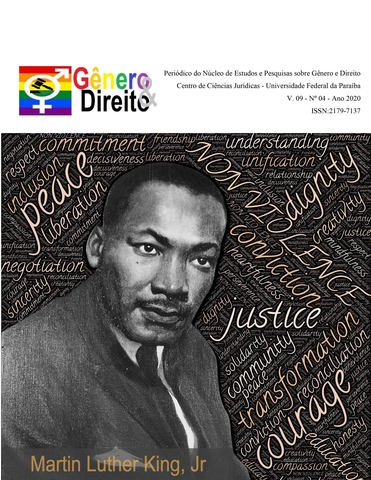RELIGIOUS CONSCIOUSNESS OF SOCIETY AND ITS REFLECTION IN CONTEMPORARY ARTS OF TATARSTAN
Palavras-chave:
fine arts; painting; graphic arts; mythology; religion; Islam; ChristianityResumo
Various relations between the forms of social consciousness such as art and religion are formed in the process of the historical development of the spiritual culture of mankind. In this historical phenomenon, certain religions “choose” this or that system of arts, which in the most optimal way is capable of reproducing the spiritual atmosphere and religious practice of this religion. Fine arts as the emotional-figurative affirmation of religious ideas occupies a certain place in the system of religious values. In a bright and clear form, this process is manifested in the functioning of the developed world religions, whose structure is the most stable and defined, although historically it has, of course, evolved. The present article discusses the mythological and religious themes in the works by artists of Tatarstan of the years 1990s-2000s, which reflect, above all, the two main religions represented in Tatarstan – Islam and Christianity, and often regardless of the ethnic affiliation of certain artists. And the religious tolerance inherent in the Republic of Tatarstan, the dialogue of two cultures, are reflected in this interaction, the mutual influence of various religious denominations on the worldview, on the spiritual world of people, on the creativity of artists.
Downloads
Referências
Chervonnaya S. M. Art and Religion: Contemporary Islam Art of the peoples of Russia. – М.: Traditsiya, 2008.–552 p.
Valeeva-Suleymanova G.F. Muslim Art in Volga-Ural Region (Advanced Study of the History and Culture of Islam): Manual.–Kazan: Magarif, 2008.–223 p.
Shageeva R. G. Abrek Abzgildin: Album / The Author of the Text R. G. Shageeva. – Kazan: Zaman, 2009.–160 p.
Sultanova R.R. The Art of New Cities of the Republic of Tatarstan (1960-1990). – Kazan, 2001.–194 p.
Polyakova L. Shamaili Rishata Salyakhutdinova // Argamak. – 1998.–№ 2.
Tatyana A. Lukankina, Leyla A. Mardievа, Tatyana Yu. Shchuklina, Radif R. Zamaletdinov. Russian language as non-mother tongue in polyethnic region of Russia–Salazar y Herrera - QUID 2017, pp. 818-822, Special Issue N°1- ISSN: 1692-343X, Medellín-Colombia
Madden Edward H. Some Characteristics of Islamic Art//The Journal of Aesthetics and Art Criticism, Vol. 33, No. 4, pp. 423-430. Blackwell Publishing on behalf of The American Society for Aesthetics [Электронный ресурс].–URL: http://www.jstor.org/stable/429655
A.N.Valiahmetova, I.M.Salpykova, N.Kh.Nurgayanova. Music teacher to-be tolerance formation in the multicultural educational environment by means of musical art.–Life Science Journal 2014;11(9). – Р.396-400
Liliya R.Akhmetova, Irina M.Mayorovа, Madina М.Makhmutova Ethnic component in modern interior design as the factor of traditional folk art conservation//The Turkish Online Journal of Design, Art and Communication–TOJDAC.-2016.–Special Iss, November, pp.3049-3054
Hassan, M. N., Abdullah, A. H., Ismail, N., Suhud, S. N. A., & Hamzah, M. H. (2019). Mathematics Curriculum Framework for Early Childhood Education Based on Science, Technology, Engineering and Mathematics (STEM). International Electronic Journal of Mathematics Education, 14(1), 15-31. https://doi.org/10.12973/iejme/3960
Gaudin Ph. Dialogue interreligieux et «laicite d'intelligence» dans la societe francaise//Skard H., Palard J., Woerling J.M., Husson J.F., Mahiels J., Gaudin P., Burchianti F., Itcaina X., Tietze N., Anwar A., Chivers C., Pearce B., Moniak-Azzopardi A. Des dieux dans la ville–Le dialogue interculturel et interre-Hgieux au niveau local.–Strasbourg : Ed. du Conseil de l'Europe, 2008.–P. 89-96

